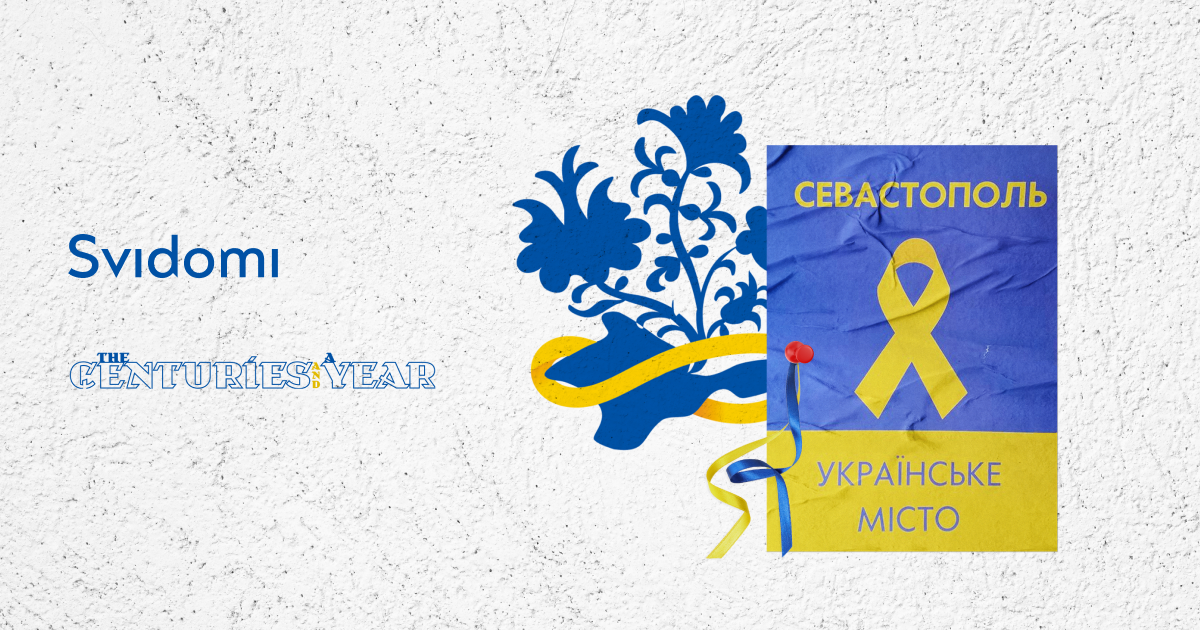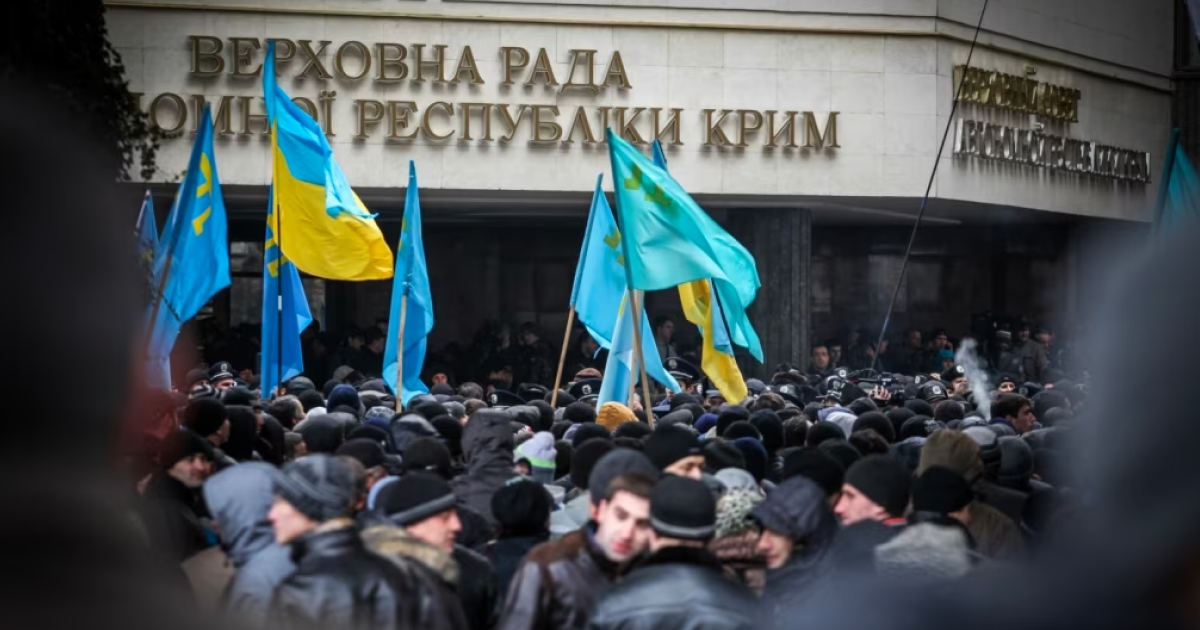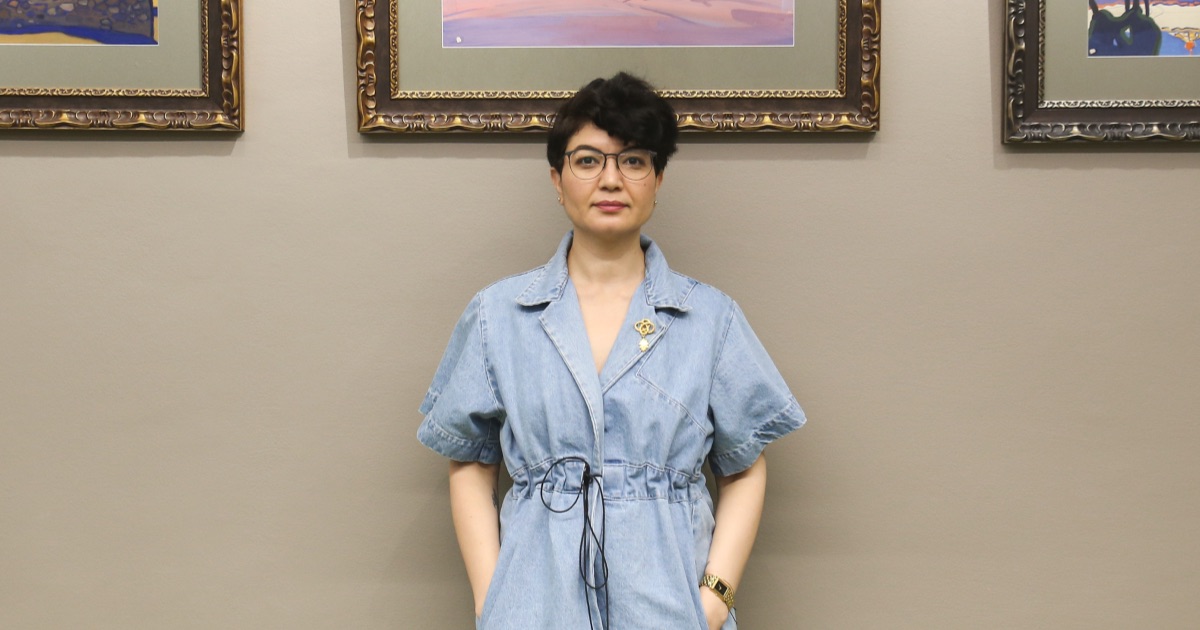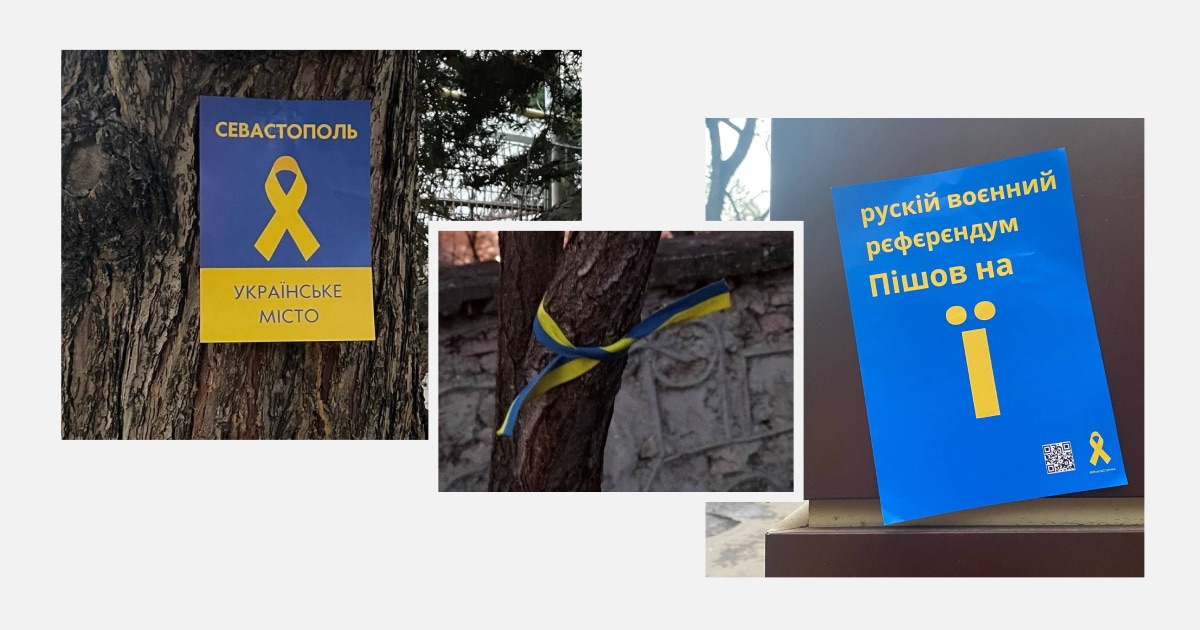Crimea is Ukraine. Day of Crimean resistance to Russian occupation

On February 26, Ukraine celebrates the Day of Crimean Resistance to Russian Occupation. On this day nine years ago, Crimean Tatars and pro-Ukrainian activists protested against an extraordinary session of the Verkhovna Rada of the Autonomous Republic of Crimea, which was supposed to consider the issue of Crimea's secession from Ukraine. The session never took place, but Russian troops seized the main administrative buildings the following morning.
Read more about the events of 2014 and the resistance that the residents of the temporarily occupied peninsula are currently enduring.
Resistance nine years ago
Following the Revolution of Dignity, the shooting of the Heavenly Hundred, and the escape of President Viktor Yanukovych, pro-Russian sentiment in Crimea intensified. The peninsula's leadership publicly stated they would consider secession from Ukraine, and the Russian military intensified its movements.

On February 25, 2014, about 400 pro-Russian activists blocked the building of the Verkhovna Rada of the Autonomous Republic of Crimea, demanding an extraordinary session and consideration of a referendum on Crimea's independence. The session was to be held the following day.
On February 26, 2014, two rallies gathered near the Supreme Council of Crimea building. One was organised by the Mejlis of the Crimean Tatar people, the Euromaidan-Crimea initiative, members of the Armia Spasinnia NGO, representatives of the Congress of Ukrainian Nationalists, fans of the Simferopol football club Tavria, and pro-Ukrainian activists. On the other hand, they were confronted by members of the Ruskoye Yedinstvo party, members of the Narodnoye Opolchenie of Crimea, representatives of Cossack organisations and pro-Russian activists.
Two people were killed, and others injured during the clashes, but supporters of Ukraine's unity managed to push back the pro-Russian protesters and take control of the square near the Crimean parliament.
The scheduled session was cancelled. The February 26 rally showed Crimeans' resistance to the occupation and forced Russia to seize the peninsula under a military scenario — the following day, security forces entered Crimean government buildings.
After the temporary occupation, Russians began criminal prosecution of pro-Ukrainian rally participants. In June 2014, the so-called "Investigative Committee of the Russian Federation for the Republic of Crimea" opened "criminal cases" on the fact of causing death by negligence to two rally participants, and in 2015 - "on the fact of organising mass riots and participation in mass riots on February 26, 2014, near the building of the Supreme Council of the ARC".
Resistance now
"For nine years, Russians in the temporarily occupied Crimea have been massively persecuting anyone who expresses disloyalty to the Russian authorities. The first victim of the suppression of resistance was Reshat Ametov, who was killed for a single picket. Today, more than 150 Ukrainian citizens are victims of politically motivated criminal prosecution. These people are activists or their relatives, or simply those who spoke out against the actions of the Russians in Crimea," says Oleksii Tilnenko, chairman of the board of the NGO Crimea SOS.
After the full-scale invasion, the harassment and intimidation only grew in scope. In April 2022, the so-called "authorities" declared a high ("yellow") level of terrorist threat in Crimea, which is still in effect.
On June 1, Russia recognised the Noman Chelebidzhikhan Volunteer Battalion as a "terrorist organisation." Tilnenko notes that Russians can accuse any man of involvement in this organisation. In total, at least 16 people were detained in Crimea for alleged involvement in the battalion. Of these, 10 were detained after the full-scale invasion began. The total sentence in these cases is 106.5 years.
But the intensification of repression has not led to the disappearance of resistance; on the contrary, it has given rise to a powerful impetus.
"After the start of the full-scale invasion, clear anti-war sentiments intensified on the peninsula. There are already hundreds of administrative cases in which people are tried for not recognising or supporting the war. Someone throws Molotov cocktails at military commissariats; someone breaks windows on cars with Z-symbols; someone does not want to service a Russian military vehicle at a service station - these are hundreds of people, some of whom are leaving because of persecution. Crimea is resisting and waiting to return to Ukraine," said Tamila Tasheva, the Mission of the President of Ukraine in ARC Permanent Representative.

On the night of May 16, artist Bohdan Ziza poured yellow and blue paint on the doors and facade of the so-called "city administration" in Yevpatoriia [Crimean Tatar: Kezlev]. Russian security forces abducted Ziza and forced him to testify against himself.
The artist is charged with four articles of the Russian Criminal Code, three of which are for terrorism. In particular, these are charges of allegedly committing a terrorist act, threatening to commit a terrorist act, calling for terrorism and vandalism for political reasons. On January 30, Russians transferred Bohdan Ziza to Rostov-on-Don.
Oleksandr Tarapon was sentenced to 2.5 years in a strict regime colony for allegedly "discrediting the Russian Armed Forces" - the first case of criminal prosecution under this article.
Throughout the entire period of temporary occupation, the man opposed Russian propaganda, and after the start of the full-scale invasion, he posted leaflets in the village where his wife's relative, a Russian military officer, lived, with his photo and the signature "A war criminal, a child killer lives here."
Oleksandr's wife, Adel, provided free psychological support to Ukrainians in the war zone. The man was detained on the night of March 31, 2022.
In August, a so-called "court" in the temporarily occupied Crimea arrested a DJ for 10 days for playing a Ukrainian song in a café in Shcholkino. The song Dyke pole [Wild Field] by Ukrainian rapper YARMAK was playing, and at the same time, the symbols of the Azov Regiment were shown on the projector. A café visitor who asked to play the song was fined 50 thousand rubles. Both men were punished for allegedly "discrediting the Russian Armed Forces".
Crimea SOS notes that in 2022, the so-called "courts" considered 234 cases under the article on "discrediting the Russian army". In about a third of cases, the reason was publications or comments on the Internet.
The Yellow Ribbon is a civil resistance movement in the temporarily occupied territories. On May 18, the Day of Remembrance of the Victims of the Deportation of Crimean Tatars, the movement's activists held the first pro-Ukrainian rally in the temporarily occupied Crimea.

The rally was secret, and the coordinators informed the participants of the venue only a few hours before the event so that the Russians could not prepare. About 150 people came to the rally to honour the memory of the Crimean Tatars and put yellow ribbons on trees and fences.
In July, the movement announced an indefinite action, "Crimea - Time to Go Home": it called on activists to post leaflets and yellow ribbons and report on the movements of Russian troops. In January, the activists distributed more than 500 leaflets in a week, and in February, they painted about 50 pieces of graffiti.
As of January 30, Yellow Ribbon had more than 1,200 activists on the peninsula. In the first week of February, despite repression and danger, more than 200 more joined them.
"Residents of the temporarily occupied Crimea are among the leaders in terms of activity, which may indicate that Crimea is Ukraine, and it's time for the racists to pack their bags," the movement stated.


